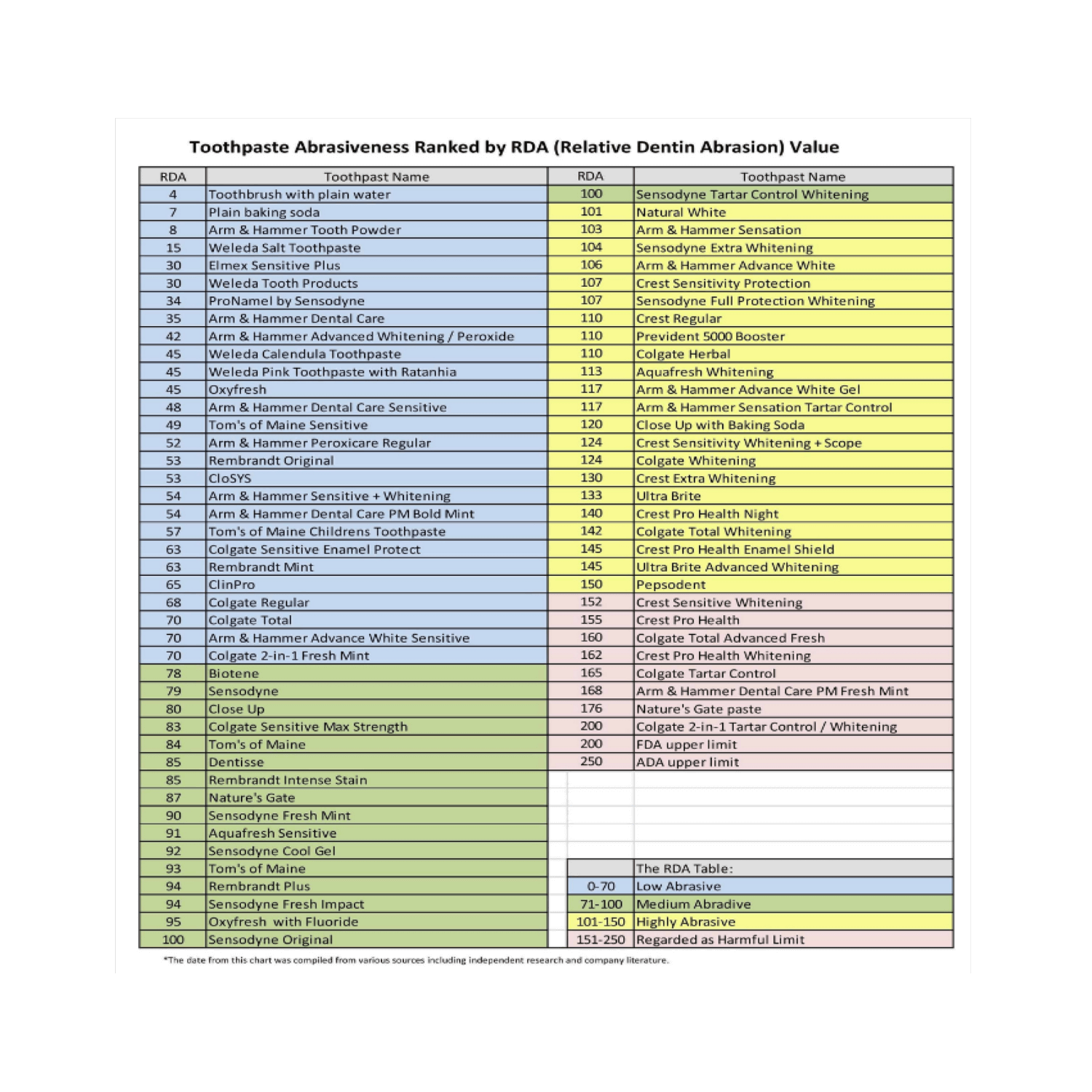3. Our Toothsoap Origins
I visited a dentist in Tasmania in 2019. He’d finished off some work started in Cairns, Queensland: dental implants for my two front teeth. (When I was 14, I’d been kicked in the mouth by a horse and I wanted to improve on the fake teeth I had!) I was impressed by my new dentist: he was caring, thoughtful and fussy about his workmanship. His ‘bedside manner’ instilled me with confidence.
Unfortunately, he had bad news for me on this occasion. Before he commenced removing my old metal fillings, he took a look inside my mouth. My dentist asked his trusty assistant to pull back my gums, took out his Iphone and proceeded to photograph my teeth.
‘You’ve worn away the enamel on your teeth,’ he said. ‘You wouldn’t use toothpaste to clean your fine China plates, would you?’ he asked.
I didn’t answer. I didn’t know what point he was trying to make.
He continued, ‘The toothpaste you’ve been using has worn away your tooth enamel.’
Then, he showed me the photograph he’d taken. ‘Can you see what I’m talking about?’
I looked, horrified. ‘Yes!’
* * *
There had been complications getting the implants done. I’d needed bone grafts — unbeknown to me, an abscess had been eating the bone away. I hadn’t known as I had no nerves there anymore. Bone was taken from my jaw and grafted, then healing time was required. Next, abutments were fitted (little screws that the implants are fixed to) and there was more healing time. After that, I flew to Melbourne for colour matching and my implants were finally fitted by my dentist back in Tasmania.
More than thirty years after the accident, and $20,000 dollars later, I really tried to take care of my teeth. I no longer used my front teeth to chomp into apples or the like and I took to brushing my teeth three times a day. For several years I made sure that I used a soft-bristled brush at work and an electric toothbrush at home. My choice of toothpaste was an Australian one, and fluoride free. I became interested in good health in my twenties and was trying to steer clear of using any nasties on or in my body.
* * *
I looked at the photo again. I was devastated. What was left of my enamel was whiter than the yellowing side-surfaces of my teeth.
‘You should brush the chewing surfaces of your teeth. I don’t know why most people don’t do it. That’s the surface area in most contact with food.’
So, it turned out that my brushing technique was also to blame.
‘You should brush your teeth with soap.’
I gathered my thoughts. ‘You couldn’t have said that to a better person!’ I said.
After my dentist had finished his work, I explained how I was making numerous kinds of soap for my new business venture and that I’d make some soap for teeth.
* * *
I started by using my skin care soaps as toothpaste. From the four types I’d developed, one stood out as the best in terms of feel and taste: terrene. My mouth felt amazing after using it – I’d run my tongue around my mouth to confirm how good my teeth felt! However, it did contain a mild abrasive (red ochre).
My dentist had also told me that Greek Hippocrates (460 BCE – 370 BCE), a bust of him is pictured at the top of this sharing, had been one of the first people to make toothpaste. I researched, and found that burned and crushed animal bones were some of the ingredients he used (i.e. calcium and charcoal). However, the abrasiveness thing bothered me.
What I learned from the sheltondentistry.com website was that toothpaste makers regularly measure their product’s abrasivity. It’s necessary for approval by government agencies in some countries and is usually not included in marketing. Abrasivity measurements are given by what’s known as an Relative Dentin Abrasivity (RDA) value. These are RDA values for common toothpaste: 0-70= low abrasive, 70-100= medium abrasive, 100-150= highly abrasive, 150-250= regarded as harmful limit. Frederich Moh developed a 1-10 scale to measure the hardness of material in 1812 (where talc is 1 and diamond is 10). The Mohs hardness of dentin is 2.5 and the Mohs hardness of baking soda (sodium bicarbonate) is also 2.5. The RDA value of baking soda is 7. That means any toothpaste that has an RDA value higher than 7 has the potential to cut dentin. The Mohs hardness of toothbrush bristles is 2.5. Also, research shows that 50% of damage occurs in the first 20 seconds of brushing.
Here is a toothpaste abrasion chart:
Baking (or bicarbonate of) soda is what my dentist said he used (we all want to know what our dentists use, don’t we?) Yet, it has a rating of 07. It is a mild abrasive!
This visit to the dentist was the beginning of my search for a better toothpaste. It resulted in the development of our toothsoap – which has no abrasive ingredients. However, the toothbrush used, and brushing technique can be abrasive factors: the RDA for using just a toothbrush and water is 04!
The bottom line is that our toothsoap can be used to gently cleanse your teeth (and/or dentures), tongue and gums. And, thank you to my dentist, for saying that I should brush my teeth with soap!
GENERAL DISCLAIMER
The contents of this sharing are for informational purposes only. It is not intended to be a substitute for professional medical advice, diagnosis, or treatment . . . Read More →



